Can You Use A Garden Rake As A Leaf Rake

Different types of rakes
Where would we be without the humble rake? Leaves and garden debris would go ungathered and soil would remain lumpy and difficult to sow in — all in all, garden chores would be a lot more difficult. Take a look at the rakes below and you'll probably see some that look familiar and maybe some that don't. It turns out, there are many types, and choosing the right rake for the task at hand will make things a lot easier on you. Let's take a look at a few rakes you can use to make your lawn and borders look beautiful!
You Might Also Like:
Must-have pruning tools for gardeners
Adaptive gardening tools
How to clean and sharpen old pruners
Clever gardening tool tips
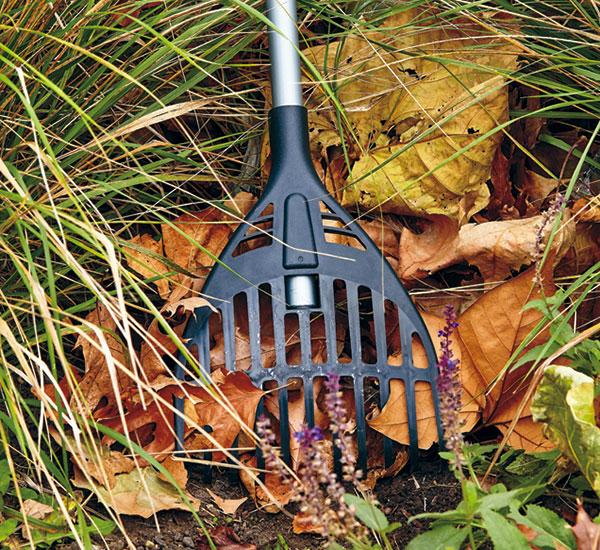
Shrub rake
Get your packed perennial border cleaned up in no time.
What to look for in a shrub rake
A plastic head and lightweight aluminum handle make a shrub rake like this lightweight and easy to haul around with your hand tools. Hand held shrub rake models can also be handy in the garden.
How to use a shrub rake
The 8-inch head on this rake is narrower than others so it gets in between plants without a problem. The long handle reaches into the backs of borders that are hard to reach otherwise. Once you've gotten rid of all the debris, use this handy rake to help spread mulch or compost on the beds and around your plants without tearing leaves or breaking stems.
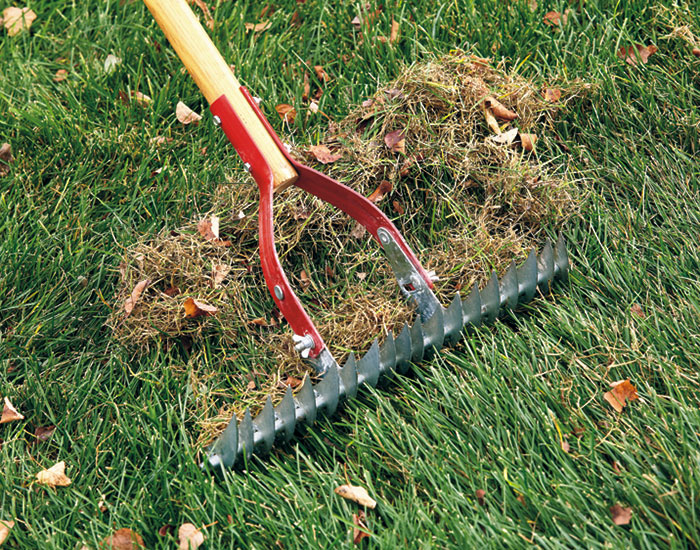
Thatch rake
Thatch, the accumulated debris that builds up at the base of your turf grass, is a problem. It can harbor pests and disease, doesn't have much nutrition and won't hold water or protect roots from the cold in winter. So removing this accumulated debris is the job of the thatch rake.
What to look for in a thatch rake
Some thatch rakes are one-sided but this model has two — the sharp crescent-shaped blades remove debris, and the round side is for cultivating. Use it when you're done to prep the area for seed. Adjustable thatch rakes let you choose the angle that works best for the amount of thatch you have.
How to use a thatch rake
Thatch ½ inch deep or more needs raking. In large areas you may want to use a power dethatcher. But in small spaces put the tip of the razorlike tines just barely into the soil and pull toward you to remove the thatch and push it away to get the debris out of the teeth. Repeat across your lawn.
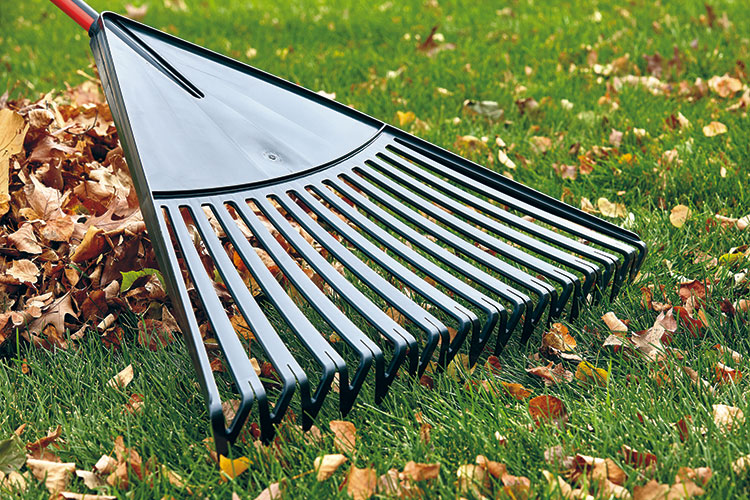
Plastic leaf rake
You can cover a lot of ground relatively quickly in the fall when you use a wide-headed plastic leaf rake—this one is 30 inches across!
What to look for in a plastic leaf rake
Because of the repetitive nature of leaf raking, comfort is key when you're choosing one of these tools. There are actually lots of different features and widths available — try several out at the store before you buy.
Check out those with curved handles and assess the weight and balance. The one in these photos has another interesting feature — the tines are joined together so the head won't get clogged with leaves.
How to use a plastic leaf rake
With a sweeping motion gather any leaves or debris in your lawn. Be sure to take frequent breaks so you can avoid repetitive motion-related injury.
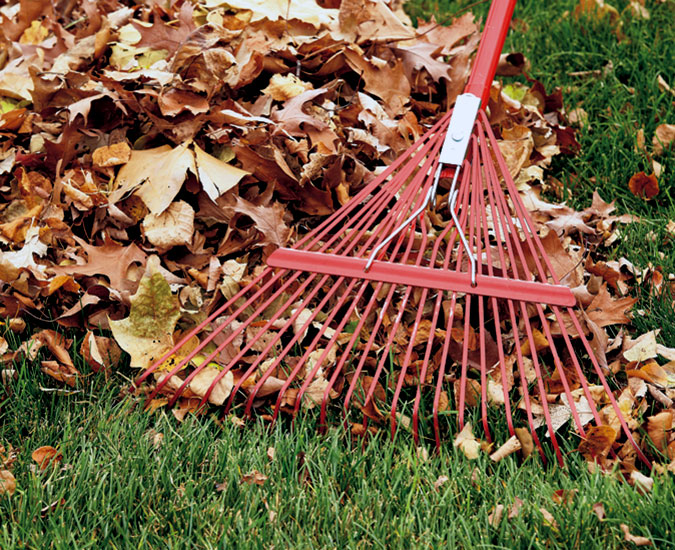
Metal leaf rake
Clean up the lawn or your border with a metal leaf rake.
What to look for in a metal leaf rake
These rakes come in a variety of widths and some are even adjustable. Look for one that has an enamel-coated head to avoid rust. And a stress distribution bar helps keep tines from twisting.
How to use a metal leaf rake
This is a good multipurpose rake. Its springy nature is perfect for working debris out of evergreen and deciduous shrubs, carefully fluffing up a ground cover in spring or working the thatch out of the lawn if you don't own a thatch rake. It's also good for raking leaves from the lawn but the narrow tines can sometimes get clogged with skewered leaves or snag on a vine or ground cover.
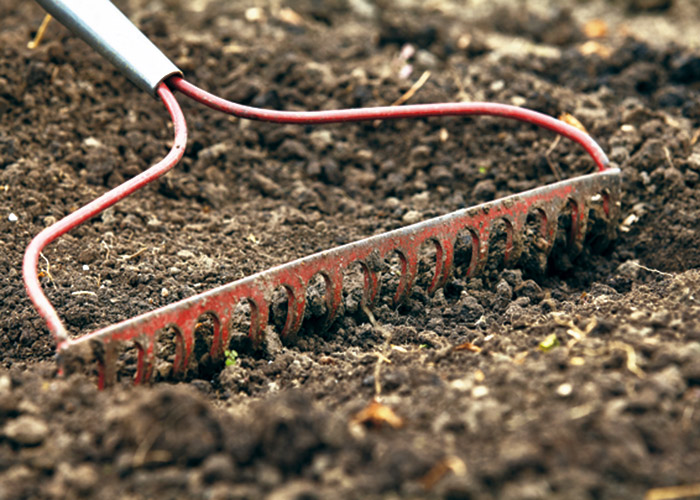
Garden rake
A garden rake is meant for moving soil — you can break up and move clods of dirt and smooth soil with both the tines and the back of the head. Prepping your lawn or vegetable garden this way makes it a more hospitable place for seeds and tiny new plants.
What to look for in a good garden rake
There are two types of garden rakes: a flat-head and a bowhead. The flathead rake's head attaches to the handle, forming a "T." The bowhead, in the photo above, has arching supports that give the rake more stability. The best ones have a head made of forged high carbon steel.
How to use a garden rake
Lightly pull the head back toward you, lift up and repeat to clear debris and big chunks out of an area. Break up soil clods by bouncing the head on them. Then smooth a planting area with the flat side of the rake.
Can You Use A Garden Rake As A Leaf Rake
Source: https://www.gardengatemagazine.com/articles/how-to/all/how-to-choose-the-right-rake/
Posted by: euresiging.blogspot.com

0 Response to "Can You Use A Garden Rake As A Leaf Rake"
Post a Comment